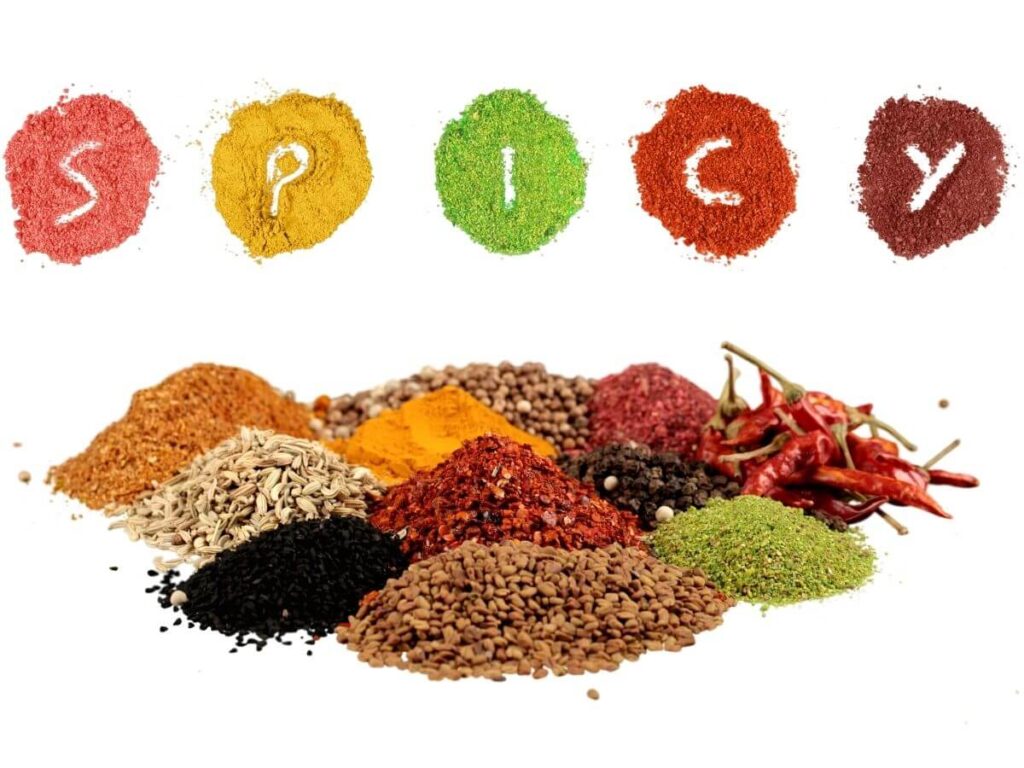
Cooking is an art; even the most successful artists (chefs) sometimes miscalculate the amount of ingredients to use in a dish. It’s easy to correct the taste if it’s lacking some ingredients but removing the excess of any ingredient, especially spice, can be tricky.
The good news is you don’t necessarily need to scrap the entire meal if it’s too spicy. There are multiple ways to fix your recipe. Keep reading to learn how to make something less spicy.
1. Rebalance the Ingredients
The best way to make your food less spicy is to add more of the main ingredients, such as meat, vegetables, stock, sauces, and so on, depending on your recipe.
2. Use Acids to Tone Down the Recipe
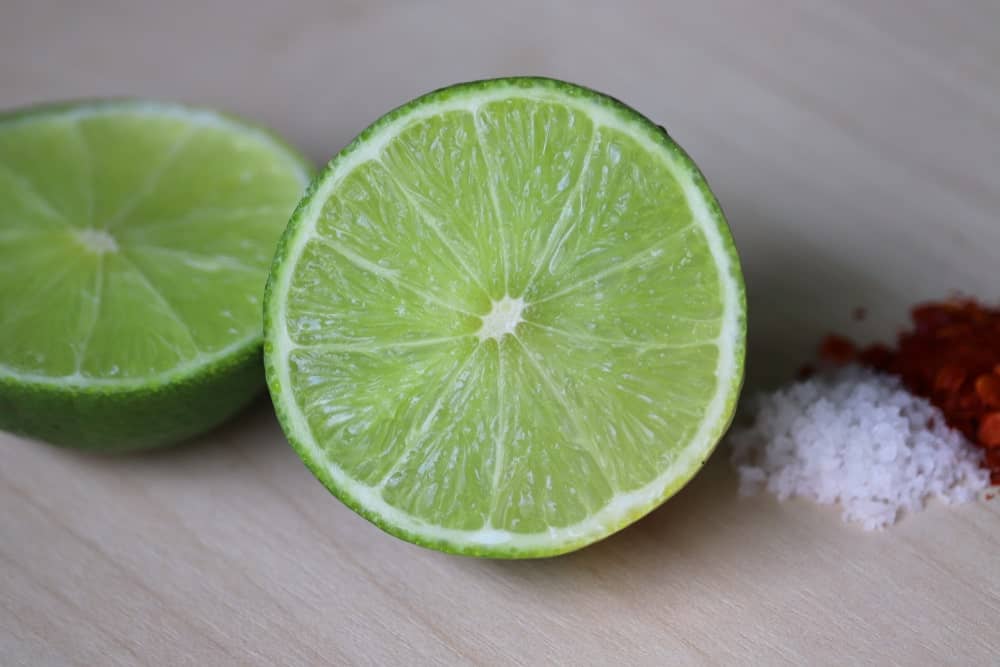
Most hot peppers, such as cayenne and chili, whether they’re dried or fresh, come with a capsaicin compound. The core ingredient contacts mucous membranes and makes you feel a spicy flavor or burning sensation.
The intensity of capsaicin can be toned down by cooking the meal with acids because it’s an alkaline oil. You can use acidic ingredients such as pineapple, tomatoes, vinegar, and lime juice to reduce the hot flavor by neutralizing the capsaicin’s pH levels.
You can add a tablespoon or two of tomato sauce, vinegar, or lime juice to your spicy dish. If you want to use fresh ingredients, then you can use a lemon or ¼ cup of chopped pineapples or tomatoes for the same purpose.
After adding the acidic ingredients of your choice, you’ll need to cook the food for about 15 to 20 minutes while stirring continuously to adjust the flavor.
3. Cool the Dish with Oil or Dairy
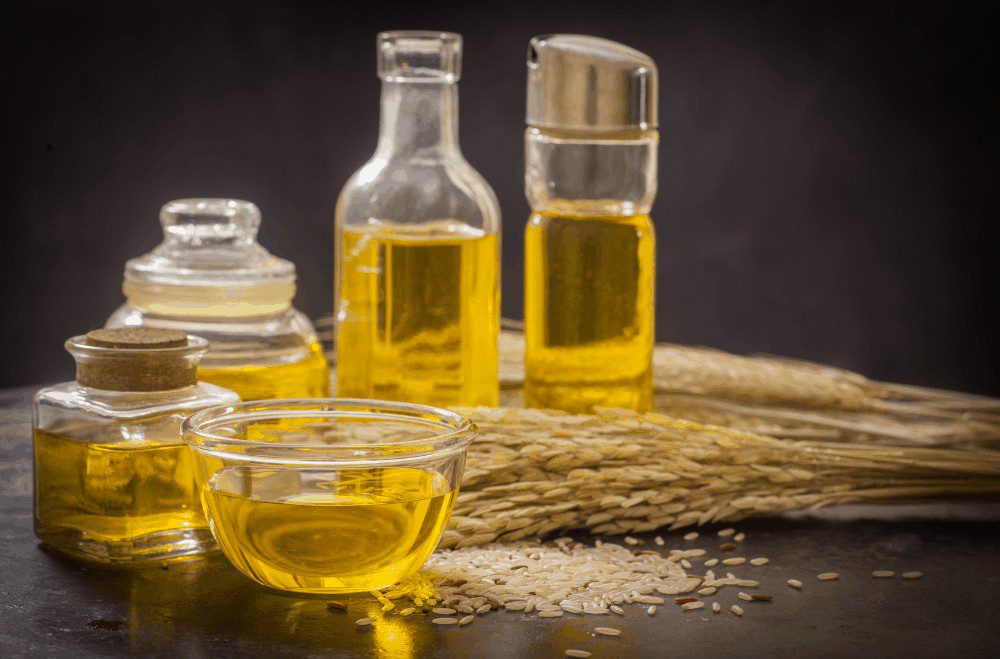
The over-spiced food can be counteracted by using some dairy products and vegetable oil. When it comes to dairy products, the formula is the same as we discussed above. That’s because dairy products are acidic in nature, and they reduce the pH level of capsaicin compounds.
Another property of the capsaicin compound is that it’s oil soluble, which means you can use olive or grapeseed oil to decrease its intensity. Make sure you use vegetable oil that complements the dish’s taste.
4. Add Starch
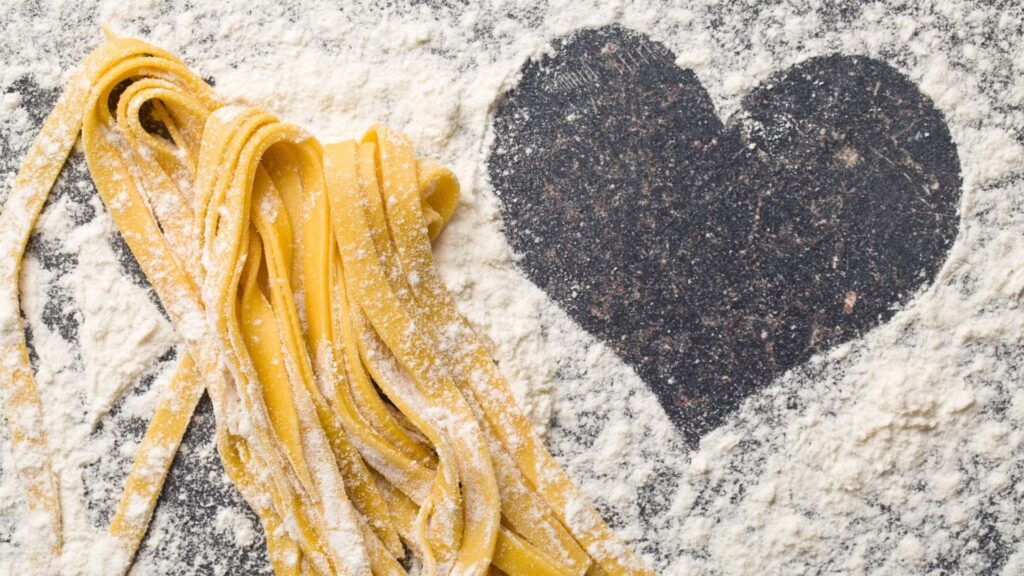
Adding starch like rice or potatoes to your overspiced food can work wonders for many recipes as these ingredients can help soak up the excess spice. Starch comes with quasi-miraculous absorbing characteristics and can efficiently reduce the intensity of over-spiced foods.
You can add a half cup of dry pasta or small slices of potato to your dish and cook it for 15 to 20 minutes. Make sure that you keep the temperature as low as possible. The same method will work if you add a half cup of rice.
Keep in mind that starch also soaks up salt along with excess spice, so you might need to add a pinch of salt to adjust the flavor. But don’t do it without tasting your food first.
This is a great method because the taste of starch doesn’t affect the flavor of your dish.
5. Dilute the Food with Broth or Water
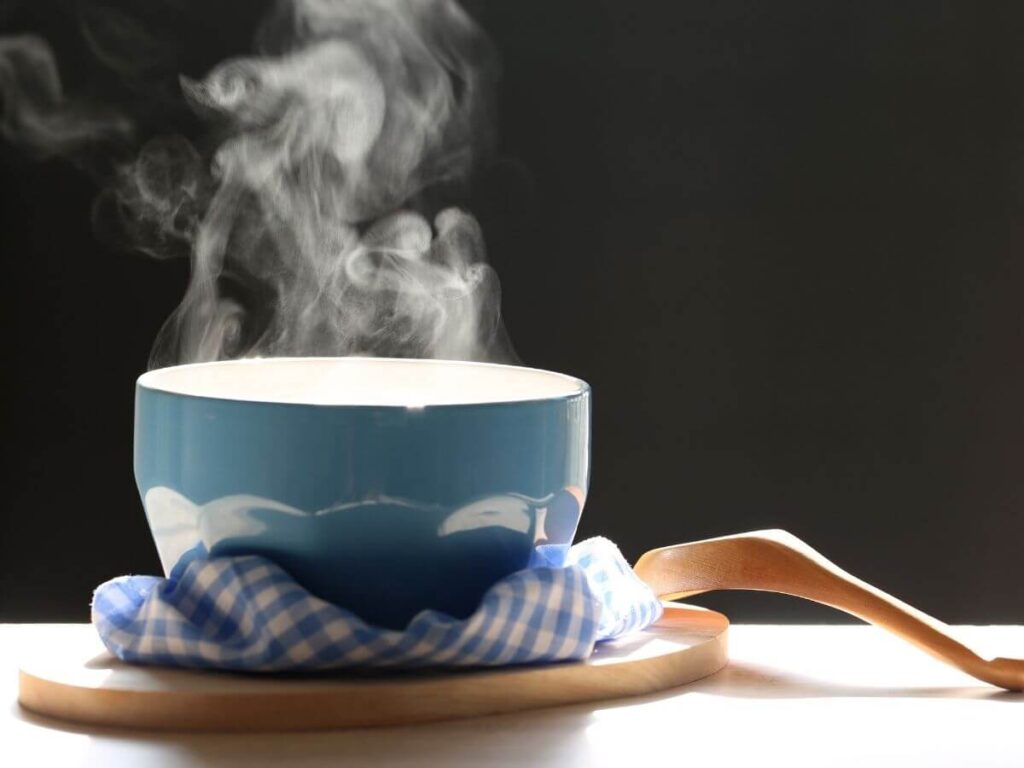
Adding broth or water to your over-spiced food will dilute the overall flavor of your food. The easiest way to do this is to add a cup of water or chicken, vegetable, or beef broth and cook your food for about 20 to 25 minutes.
6. Sweeten it Up
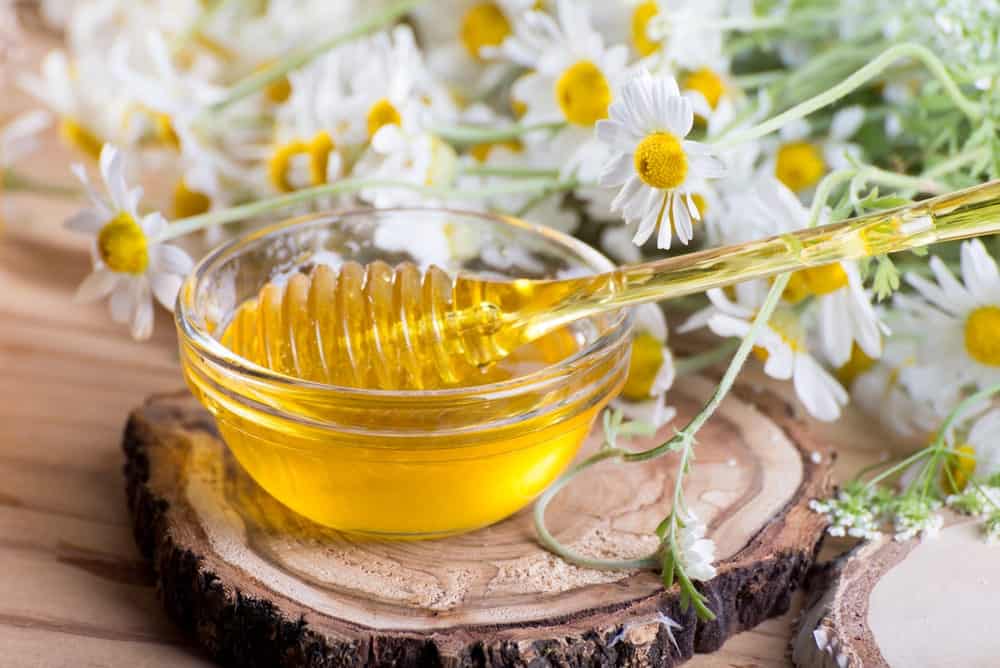
Sugar can help you to neutralize spicy heat, but this method will only work with some specific dishes. For example, if you are dealing with peanut noodles, you can add some honey, sugar, and soy sauce to adjust their taste.
Add one teaspoon of honey or sugar to your food, stir the mixture well, and leave it for 5 to 10 minutes to blend the flavors. Make sure you add just a little sweetener and taste the food before adding more sweetener.
Adding sweeteners doesn’t necessarily mean that you’ll need to add honey, sugar, or powerful sweeteners. You can also use sweeter ingredients, such as tomato sauce.
How to Avoid Making Over-Spiced Foods
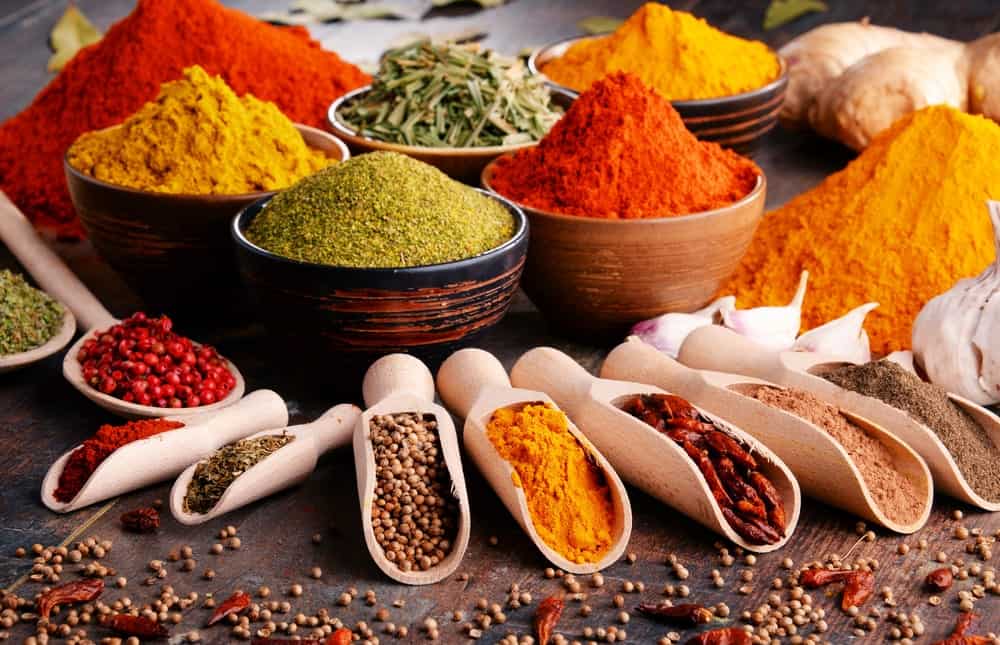
You most probably have heard this popular phrase a million times before that states: “Prevention is better than cure.” It’s true in this case, and it’s recommended that you carefully add spices to your foods in small portions.
Make sure that you taste your food after adding the spice because not doing so is one of the most common cooking mistakes. You’ll need to treat hot spices and peppers like salt and add only half of the amount at the start.
It’s especially true if you are cooking recipes that you need to simmer slowly on very low heat. Longer cooking time will evaporate more liquid, and the intensity of flavors will increase. So, add the remaining amounts of hot spices in small portions, and always taste your food before adding more spice.
